

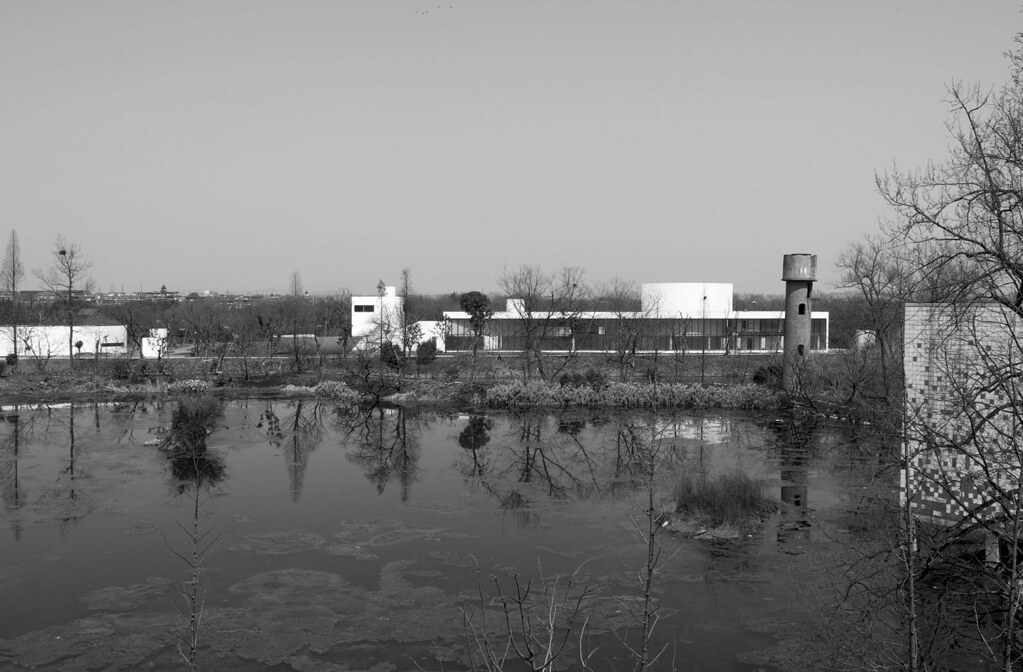
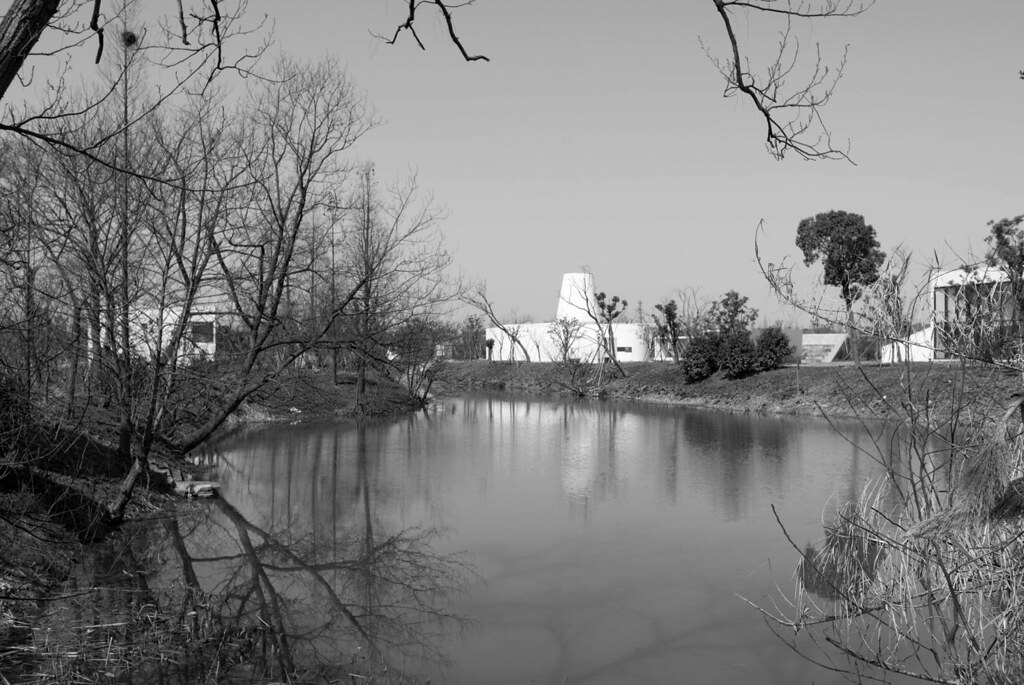


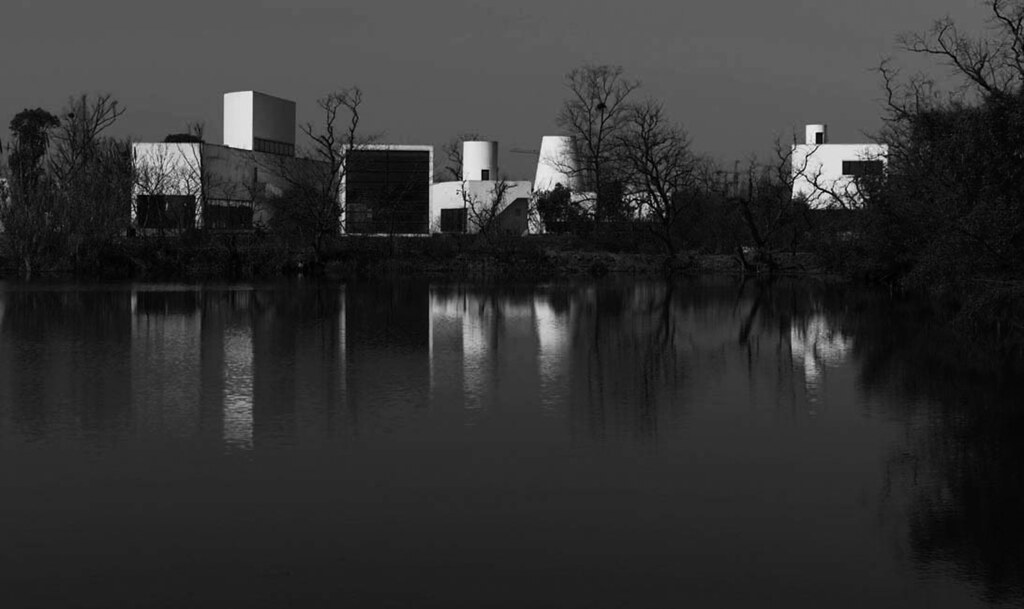

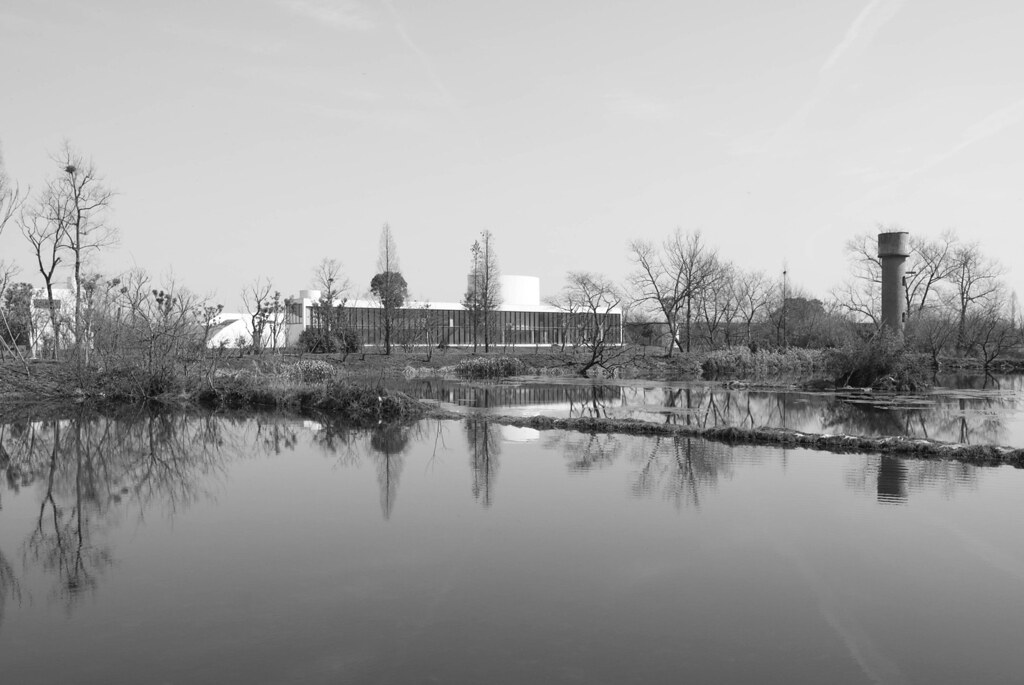
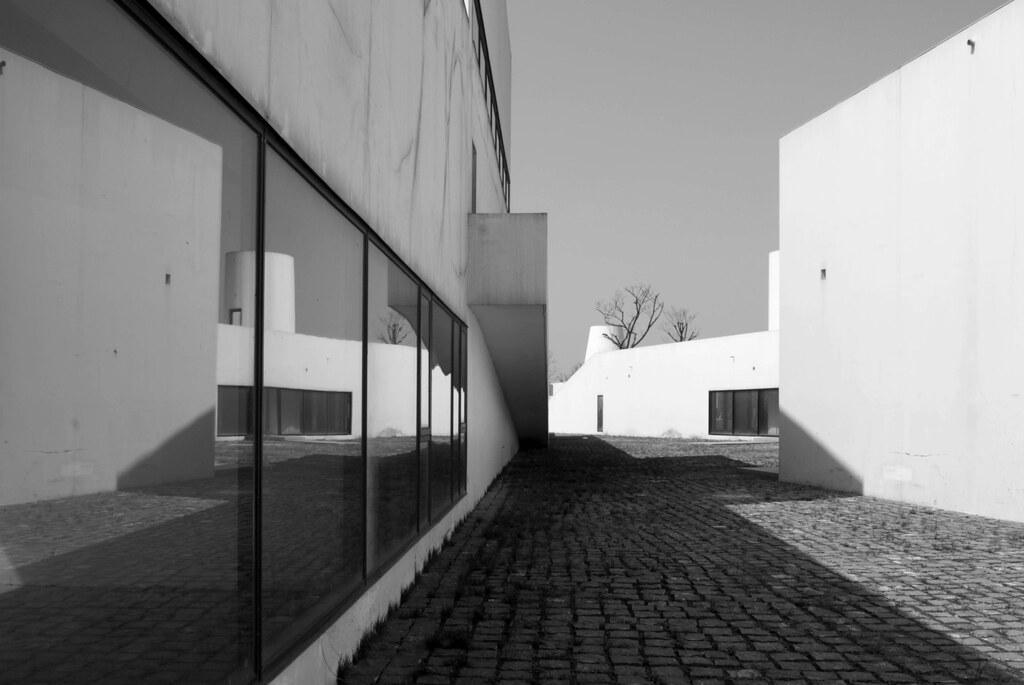

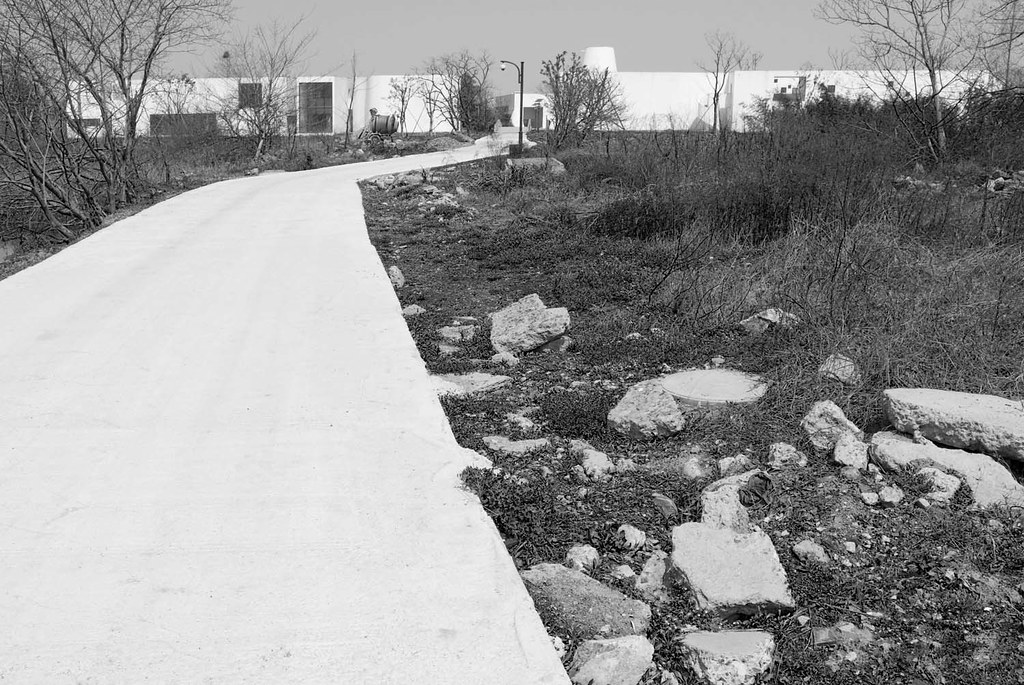
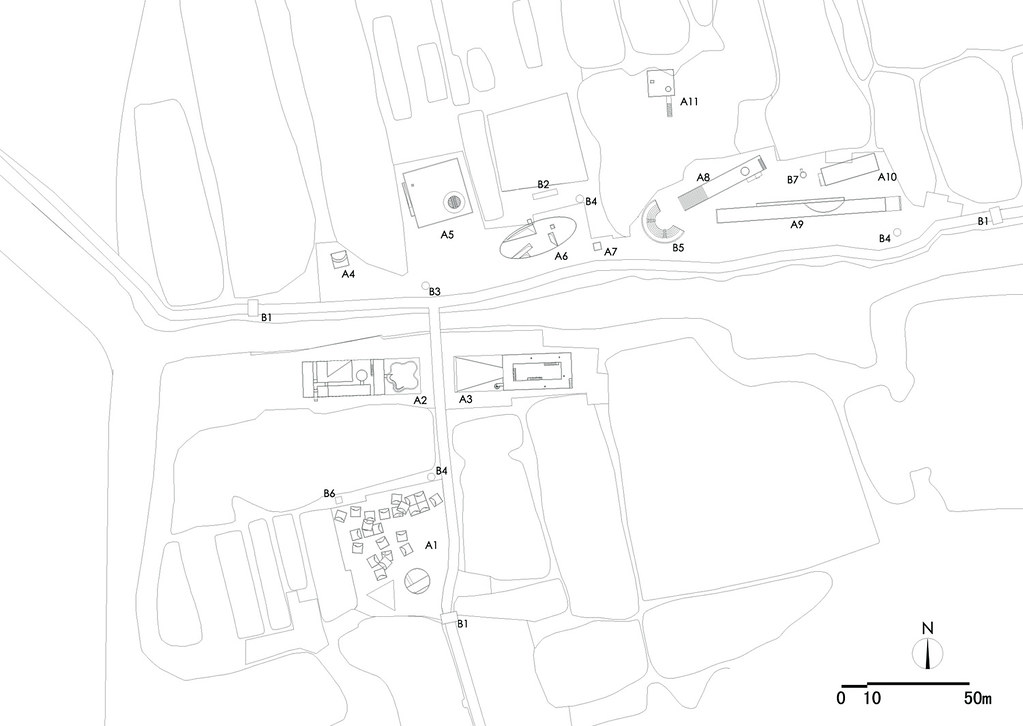

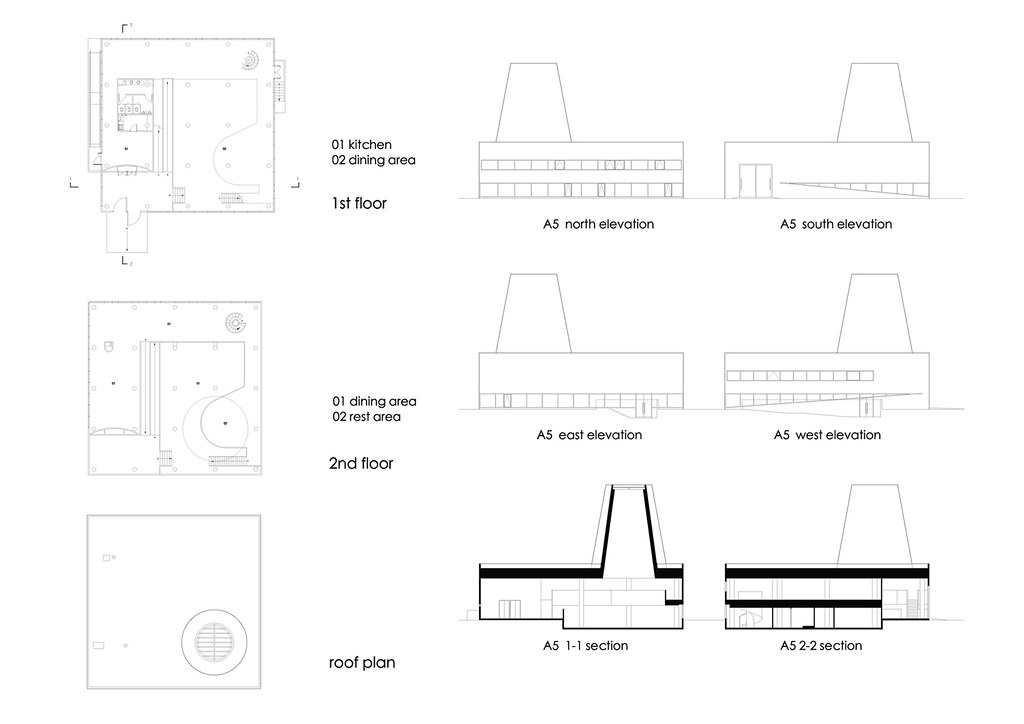
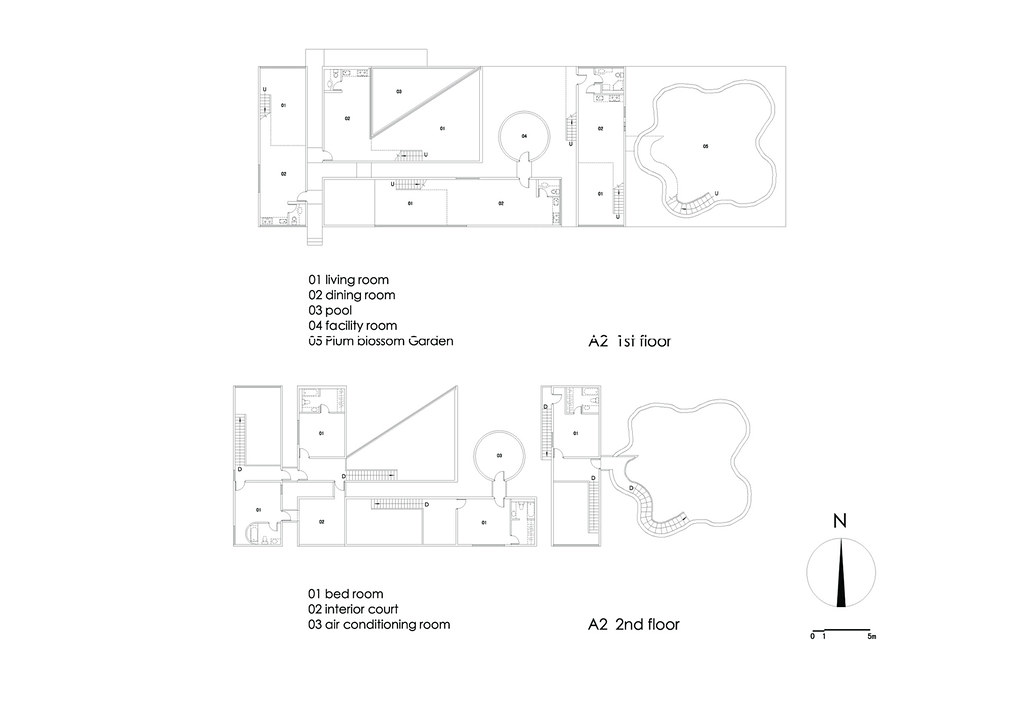


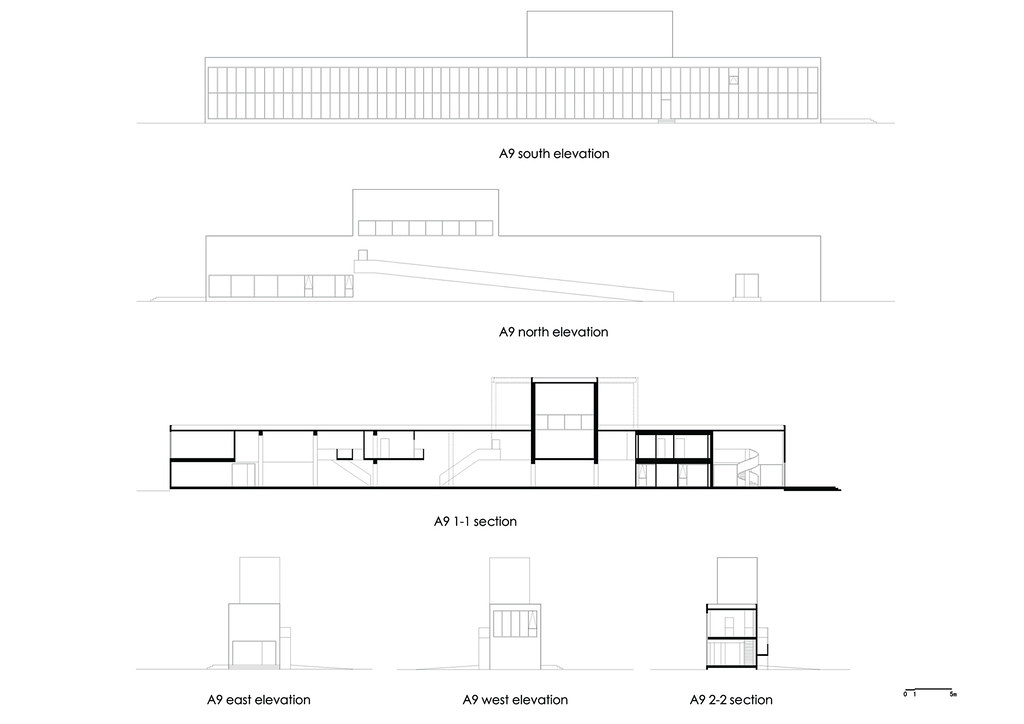

 Architects: Atelier Fronti Location: Hangzhou, China Architect: Wang Yun Area: 59,830 sqm Year: 2010 Photographs: Courtesy of Atelier Fronti Xixi Learning Community is a local project in the phase III art village of Xixi swamp. The owners hope to provide a site for art invention and science exchange via this project. The art village attracts 12 young architects of China. Each architect designs buildings of different functions in different districts. Xixi Learning Community is a subsidiary of the Xiling Yin Community beside the Xi Lake in Hangzhou, which is at the forefronts of cultural development in modern China. The owners hope to develop a site to spread the contemporary culture and arts within the region, and host guest artists and scholars to create and teach here. The construction base of Xixi Learning Community is distributed separated by ponds, and the total building areais controlledat approximately 3800m2. It was important to meet the centralized and distributed functional requirements, and still combine the architectural invention, and exhibition space in the design. The clusters of buildings were made in consideration of the surrounding scenery, the scale of the vegetation and the swamps, and such discrete clustering layout of settlement was used to distribute the constructed land. Based on this idea, we understood the Xixi Learning Community as an architectural complex. The discrete layout allowed for the singularity of each building type, yet there is a unifying connectivity within each cluster. The ambiguity of boundaries is much akin to the concept of nomadism, that is in line with the temporal dwelling space and concept of this contemporary arts space. Xixi Learning Community consists of 10 buildings and 6 sculptures. The total site area is 59800m2 and the total built area is 3835m2. Simple geometric objects are used in the buildings to generate a feature of “common consciousness”. Simutaneously, “small differences” of the settlement is focused in the design, so people could take a journey full of experiences. Considering it’s unassuming basis, the building is divided to form a discrete space layout that fuses with nature. White is significant in traditional Chinese painting. It is not only a state of nihility but also where consciousness generates. From this idea, 15 buildings are discretely deployed in the swamp, painted white and worked as white rice paper which can highlight the wonderful swamp scenery. Existing as a background, the buildings are fused in the painting and highlight each other with swamp environment. Users can experience the “limitless wonderful environment brought by empty and virtual space” from the white space.
Architects: Atelier Fronti Location: Hangzhou, China Architect: Wang Yun Area: 59,830 sqm Year: 2010 Photographs: Courtesy of Atelier Fronti Xixi Learning Community is a local project in the phase III art village of Xixi swamp. The owners hope to provide a site for art invention and science exchange via this project. The art village attracts 12 young architects of China. Each architect designs buildings of different functions in different districts. Xixi Learning Community is a subsidiary of the Xiling Yin Community beside the Xi Lake in Hangzhou, which is at the forefronts of cultural development in modern China. The owners hope to develop a site to spread the contemporary culture and arts within the region, and host guest artists and scholars to create and teach here. The construction base of Xixi Learning Community is distributed separated by ponds, and the total building areais controlledat approximately 3800m2. It was important to meet the centralized and distributed functional requirements, and still combine the architectural invention, and exhibition space in the design. The clusters of buildings were made in consideration of the surrounding scenery, the scale of the vegetation and the swamps, and such discrete clustering layout of settlement was used to distribute the constructed land. Based on this idea, we understood the Xixi Learning Community as an architectural complex. The discrete layout allowed for the singularity of each building type, yet there is a unifying connectivity within each cluster. The ambiguity of boundaries is much akin to the concept of nomadism, that is in line with the temporal dwelling space and concept of this contemporary arts space. Xixi Learning Community consists of 10 buildings and 6 sculptures. The total site area is 59800m2 and the total built area is 3835m2. Simple geometric objects are used in the buildings to generate a feature of “common consciousness”. Simutaneously, “small differences” of the settlement is focused in the design, so people could take a journey full of experiences. Considering it’s unassuming basis, the building is divided to form a discrete space layout that fuses with nature. White is significant in traditional Chinese painting. It is not only a state of nihility but also where consciousness generates. From this idea, 15 buildings are discretely deployed in the swamp, painted white and worked as white rice paper which can highlight the wonderful swamp scenery. Existing as a background, the buildings are fused in the painting and highlight each other with swamp environment. Users can experience the “limitless wonderful environment brought by empty and virtual space” from the white space.

































